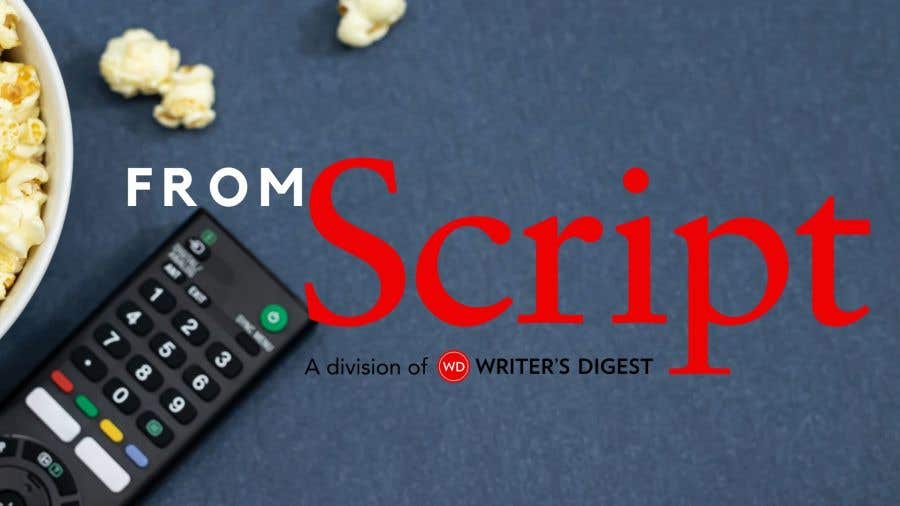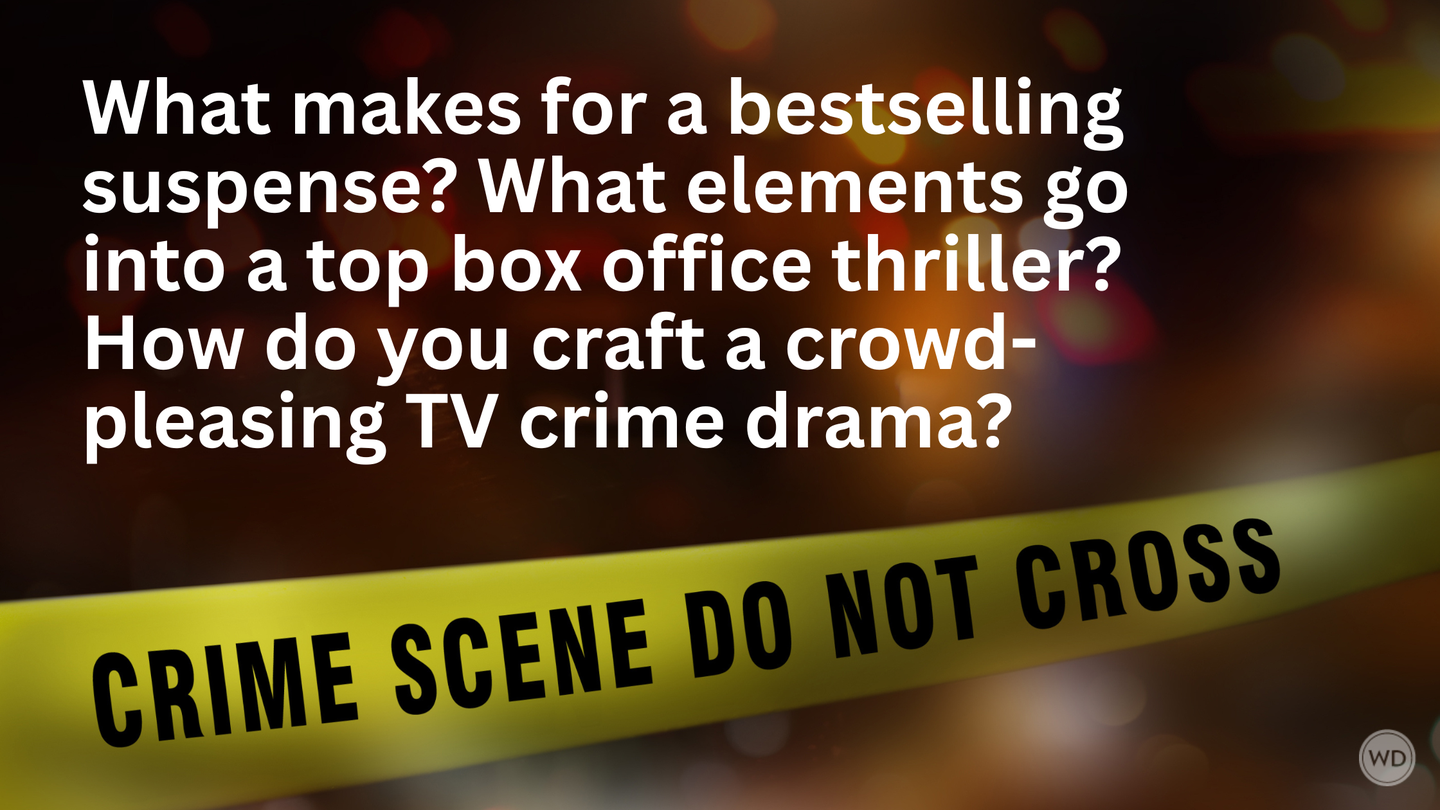5 Tips for Improving Your Dialogue in Fiction
Dialogue can make or break a story. It helps a reader understand a character’s voice, personality, sense of humor, and motive. Author Matthew FitzSimmons shares 5 tips for improving your dialogue in fiction.
I was teaching English at a high school in Washington, D.C., when I wrote my first novel, The Short Drop. One of the perks of being a teacher is having summers off, and it took me a little over two years to finish the manuscript. At the time, I thought one of the book’s strengths was the dialogue. After all, I came from a theater background and so much of directing is thinking about the spoken word. Plus, and I don’t say this to brag, but at that point I had 40-plus years of practical, hands-on experience in “talking.” So how hard could writing dialogue really be?
Well, my developmental editor on The Short Drop, the wonderful Ed Stackler, got his ink-stained mitts on it and disabused me of the notion that a lifetime achievement award for best original dialogue was my destiny. After that, I stopped taking dialogue for granted and began to craft a personal writing philosophy on the art and artifice of dialogue. Here are a few of the guidelines I keep in mind each day I sit down at my desk.
IndieBound | Bookshop | Amazon
[WD uses affiliate links.]
1. No One Uses a Name Without a Reason
Ed’s first lesson was one that in retrospect should have been painfully obvious—no one says anyone’s name in general conversation. (Alright, not never, but rarely.) When a name is spoken, it has purpose behind it. A few examples to illustrate the point:
- When someone is trying to get another person’s attention: “Matt. What do you want from the bar?”
- When someone is attempting to dominate another person: “Isn’t that right, Mr. FitzSimmons?”
- When someone is showing off that they were paying attention when you met and actually remember your name: “Matthew, good to see you again.”
There are, of course, many others, but always for a reason. When was the last time you used the name of your best friend?
2. Hemingway’s Non Sequiturs (or, Not Everyone is Having the Same Conversation)
Whatever your opinion of Ernest Hemingway, the man was brilliant with dialogue. I strongly recommend his short stories—“Hills Like White Elephants”, for example, is a masterclass of elliptical dialogue. But it was a couplet of dialogue between Lady Brett Ashley and Jake Barnes from chapter IV of The Sun Also Rises that taught me that the most interesting dialogue is rarely a straight line. It goes:
“Don’t worry,” Brett said. “I’ve never let you down, have I?”
“Heard from Mike?”
Not a lot to it until you consider that Jake is hopelessly in love with Brett and that Mike is Brett’s latest husband. Read it again. Now what was merely an innocent non sequitur becomes a cutting, passive-aggressive barb more incisive than any five-page argument. How people answer, or don’t answer, questions is an incredibly useful tool for revealing relationship, character, and agenda.
3. Complete Sentences/Correct Grammar
Dialogue composed of nothing but complete sentences will sound false to the ear. Grammar also tends to take a backseat as well. A character who uses who/whom correctly in casual speech is revealing a lot about their background. More often than not, people use shortcuts to limit the number of words necessary to communicate information. One example: Personal pronouns are frequently omitted—“I’m running late,” often becomes “Running late,” and so on. Listen to, and become a student of, how people speak, and what it can tell a reader about your characters.
4. Multitask
I always aim for dialogue to perform more than one purpose. If a passage of exposition is absolutely necessary, I always ask, "What other jobs can that dialogue be performing in terms of character and story?" Small talk is especially challenging, because as a species we (sadly) depend on it to navigate almost every social interaction. In prose, small talk is deadly to a reader’s interest and less is definitely more.
5. Not Everyone Sounds Like Me
If you spent any significant time around me, you’d quickly pick up on my conversation style, my verbal tics, and my sense of humor. When I first began writing seriously in my 20s, there was a tendency for all of my characters to sound like versions of myself. What was pleasant in small doses (I hope) was catastrophic in large ones (the world really doesn’t need more than one Matthew FitzSimmons in any conversation). It was an incredibly important self-discovery. I realized that if all my characters sounded like me that I wasn’t putting in the work to fully realize each of my characters. A habit I’ve developed in the years since is to write “interviews” with my characters to think through how they speak and why. Once I understand their conversational posture, I have a much better insight into who they are as people.
Matthew FitzSimmons is the author of Constance (September 1, 2021; Thomas and Mercer), as well as the Wall Street Journal bestselling Gibson Vaughn series, which includes Origami Man, Debris Line, Cold Harbor, Poisonfeather, and The Short Drop. Born in Illinois and raised in London, he now lives in Washington, DC. You can visit Matthew at matthewfitzsimmons.com.








